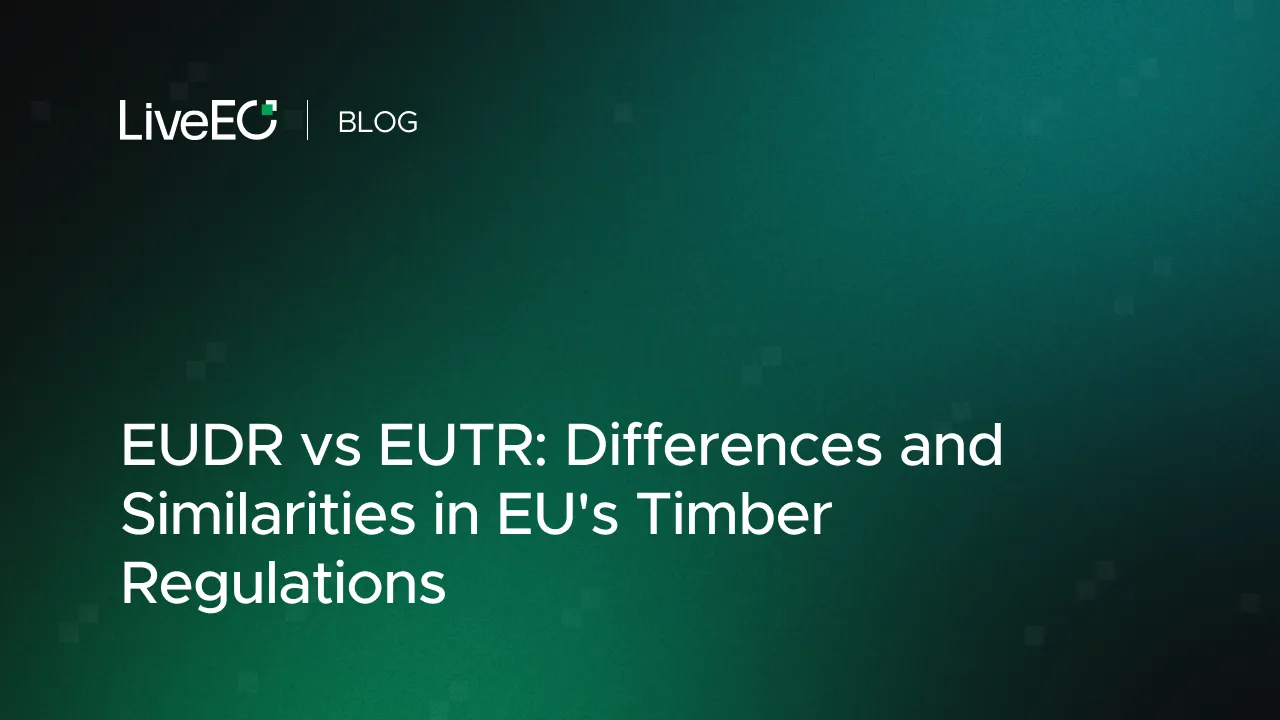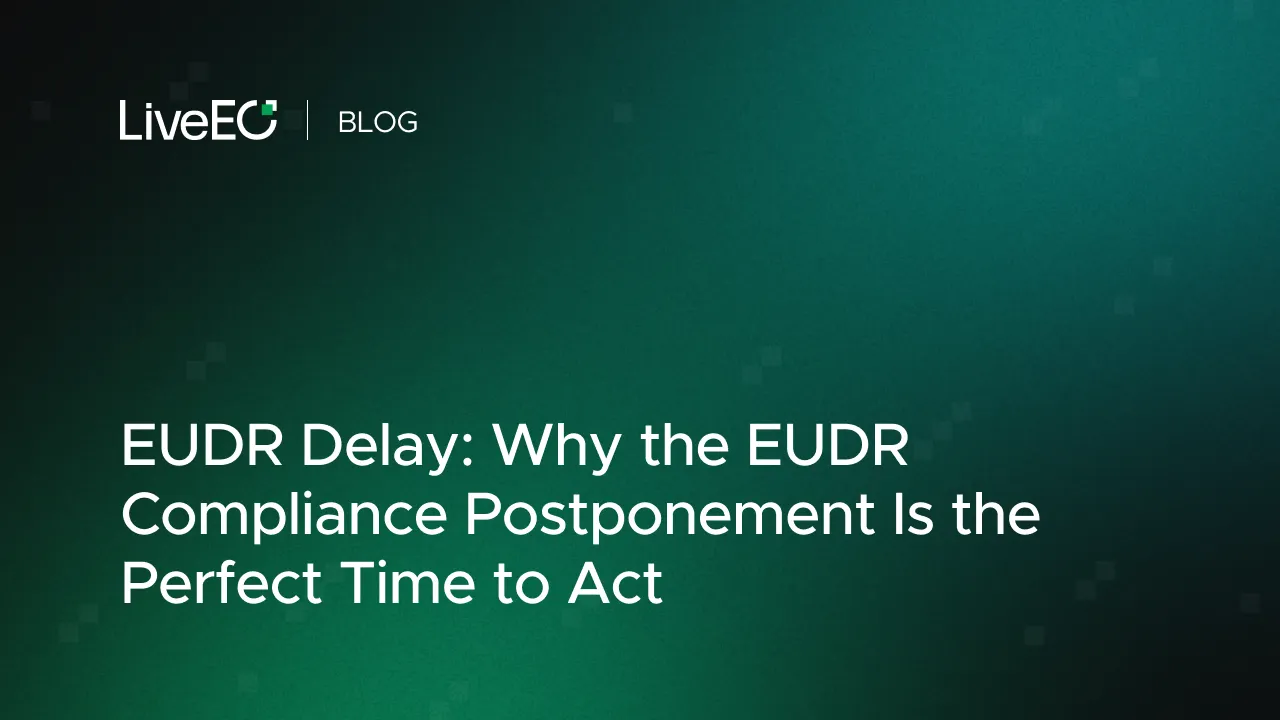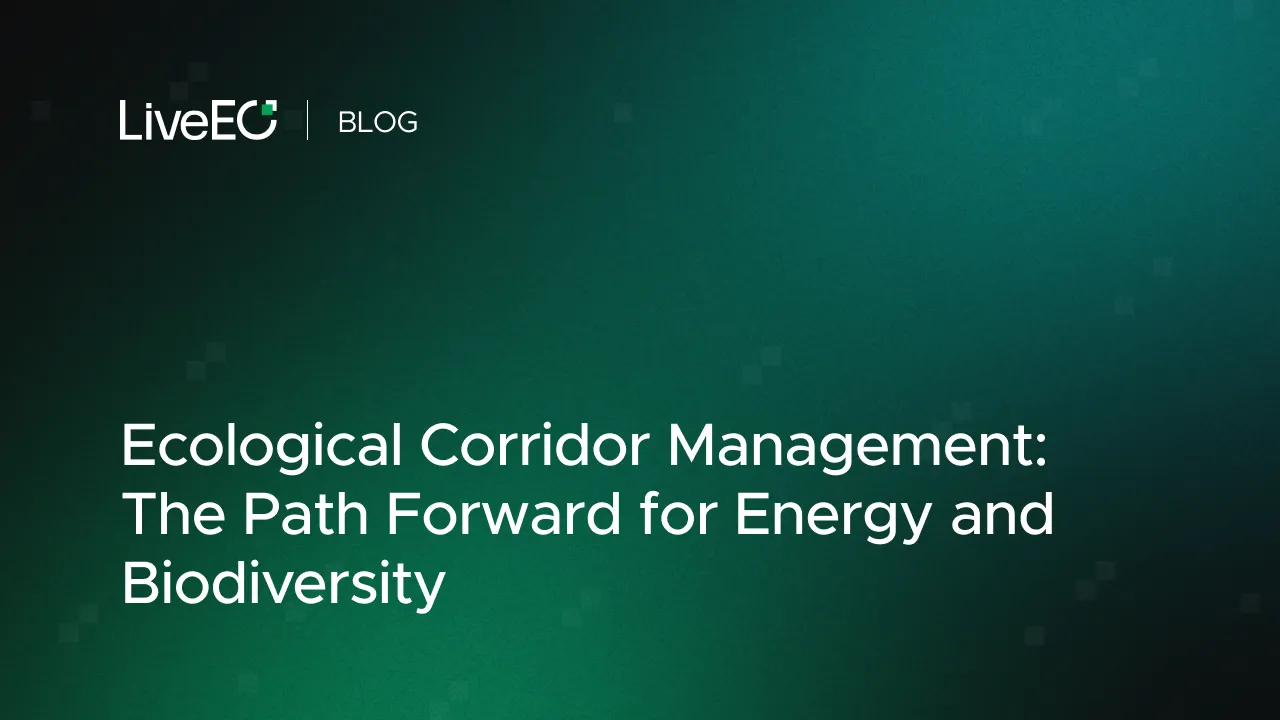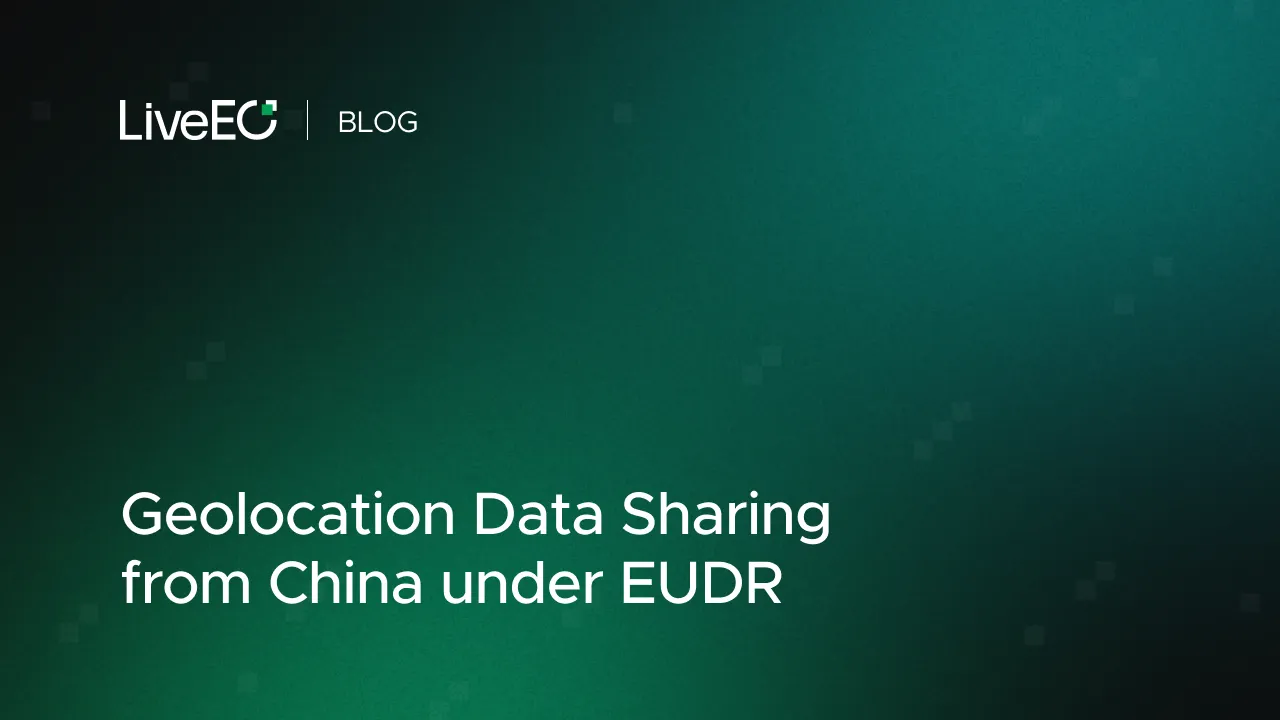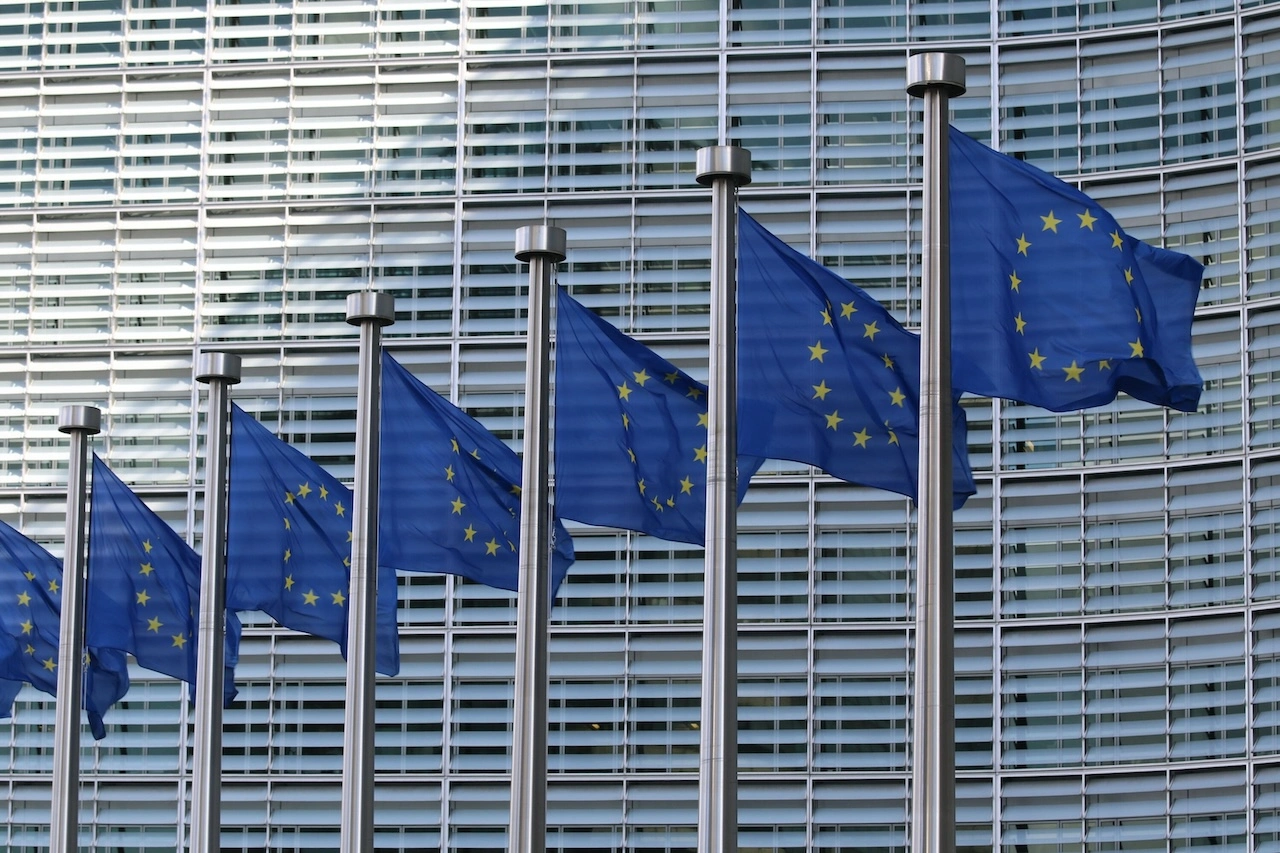
As environmental concerns escalate globally, regulations that enforce sustainable practices have grown in importance.
The European Union (EU) has been at the forefront of these initiatives, particularly in addressing deforestation. Two key regulations are pertinent to this - the European Union Timber Regulation (EUTR) and the European Union Deforestation Regulation (EUDR).
Navigating the nuances of "EUDR vs EUTR" is essential to understand their implications for your business.
Key Takeaways
- The European Union Timber Regulation (EUTR), implemented in 2010, combats illegal logging and requires due diligence and tracing of timber products.
- The European Union Deforestation Regulation (EUDR) expands on EUTR by regulating a wider array of commodities linked to deforestation, including wood, palm oil, soya, cocoa, coffee, and rubber.
- Both EUTR and EUDR aim to prevent deforestation and promote sustainability, but they differ in scope and execution. EUTR focuses on timber and timber products, while EUDR covers various deforestation-linked commodities.
- EUTR requires due diligence to minimize risks of illegal timber, whereas EUDR enforces greater transparency, including geolocation and traceability.
- EUDR mandates thorough risk assessments, risk mitigation, and an annual statement on due diligence.
- Navigating the differences between EUTR and EUDR is crucial for compliance and sustainability in business. Solutions like LiveEO's EUDR compliance platform enhance traceability and due diligence efforts, simplifying adherence to these environmental regulations.
EUTR – Background and Objectives
The EUTR was implemented in 2010 to combat illegal logging, a primary contributor to deforestation and climate change.
The EUTR applies to timber and timber products imported or produced domestically in the EU. Under the EUTR:
- “Placing on the market” is prohibited for illegally harvested timber or products derived from such timber.
- “Due diligence” is necessitated to minimise risks of illegal timber being placed on the EU market.
- Tracing timber products – their source and species – is required for operators.
The EUDR was enacted as a successor to the EUTR but aims to regulate a wider array of commodities that contribute to deforestation.
The commodities brought under the EUDR umbrella include wood, palm oil, soya, cocoa, coffee, and rubber. It even includes evidence of cattle-rearing being deforestation-free.
The EUDR mandates operators to conduct thorough risk assessments, mitigate risk, and announce an annual statement on due diligence.
EUDR and EUTR – Shared Mandate, Different Execution
Both EUDR and EUTR share a common mandate: the prevention of deforestation and promotion of sustainability.
However, they differ in approach under the following dimensions:
- Scope: EUTR focuses primarily on timber and timber products, whereas EUDR expands to cover a variety of deforestation-linked commodities.
- Due Diligence: Both necessitate due diligence; however, EUDR enforces greater transparency and traceability requirements, emphasizing geolocation evidence.
As you compare the EUDR with the EUTR, then learn where most deforestation incidents occur.
{{inline}}
Read also: Publishing Houses and EUDR – Challenges and Solutions
Main Differences Between EUDR and EUTR
The differences between EUDR and EUTR are considerable and revolve around the following factors:
- Legislative Objective: EUTR was drafted with the aim of curbing illegal logging, while EUDR is broader, focusing on deforestation, irrespective of legality.
- Range of Commodities: EUTR is primarily about timber and timber products, while EUDR includes a range of deforestation-causing goods.
- Operational Scope: The due diligence system in EUDR requires geolocation and traceability of commodities right from source to the point of sale. In contrast, the EUTR’s due diligence system is focused on legality, rather than traceability.
Check out also: EUDR Competent Authorities - Updated List
Conclusion
Navigating the nuances between the European Union's Deforestation Regulation (EUDR) and the EU Timber Regulation (EUTR) is essential for meeting compliance standards and advancing sustainability objectives.
These regulations reflect Europe's dedication to curbing deforestation and fostering environmentally conscious trade.
For industry stakeholders, a thorough understanding of each regulation’s distinct demands is critical—not only to sidestep fines but to engage in genuinely responsible business conduct that supports worldwide environmental goals.
Leveraging the appropriate compliance tools and a deep understanding of these regulatory distinctions is key to seamlessly integrating sustainable practices into business operations.
In response to these complexities, solutions like LiveEO's EUDR compliance platform provide businesses with geospatial analytics tools designed to enhance traceability and due diligence efforts, simplifying adherence to these rigorous environmental mandates.



